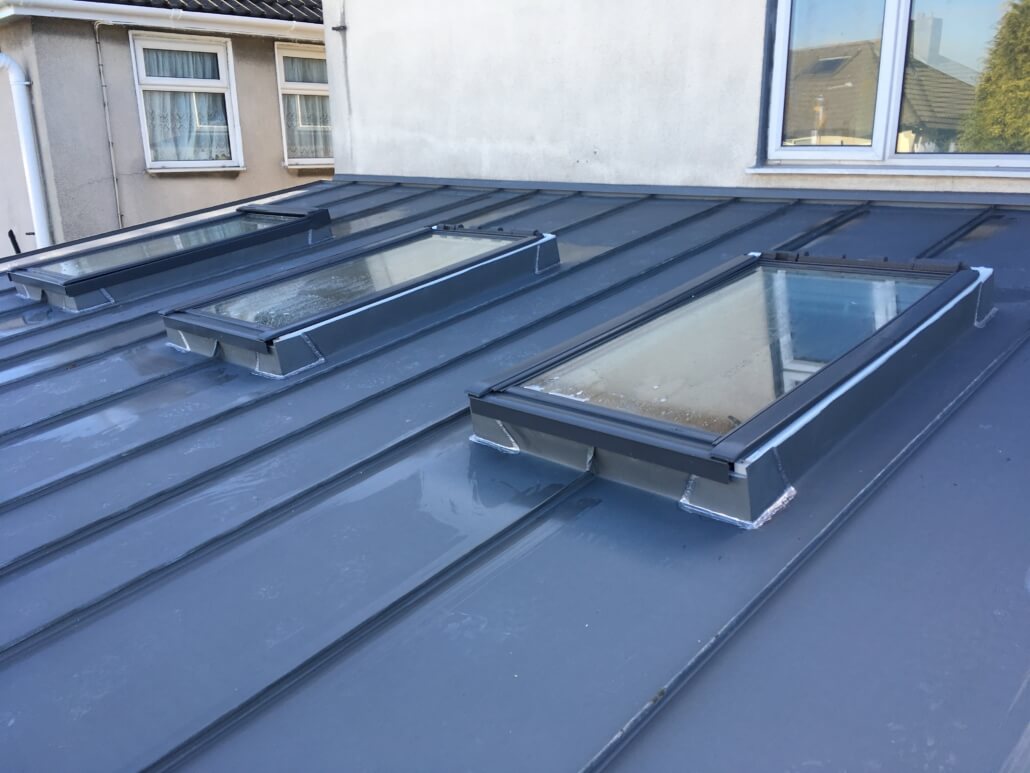Zinc is a “living” and malleable material that allows it to be easily worked (cutting/bending/profiling), harmoniously surrounding the shapes and structures of a building.
This noble material improves with the passing of the years thanks to its natural oxidation, which gives it excellent durability and extremely limited maintenance.
Zinc can be an attractive roofing solution to cover roofs in any type of building, from single-family dwellings to public and non-residential buildings, both for new construction and rehabilitation.
The use of zinc increases the possibility of adapting the projects to the most varied architectural solutions, taking advantage of the main characteristics of this material: durability, malleability, flexibility and beauty.
The maintenance of a zinc roof is also minimal because if adequately installed, it will hardly suffer any damages from the exposure to the natural elements. Better than most materials thanks to its mechanical characteristics, zinc allows all rainwater evacuation systems to withstand the most violent weather, such as snow, significant temperature variations, and high concentration of UV rays.
Another big advantage of zinc roofs is their optimal waterproofing capacity. Therefore, it does not accumulate moisture.
Zinc roofs offer many other benefits, like:
-
Longevity: Most Zinc roofs will generally last from 40 to 120 years depending on the atmosphere and climate conditions.
-
Durability: Zinc roofs are impact and corrosion resistant, being that most can also withstand wind gusts up to 140 km per hour.
-
Safety: Zinc roofs won’t ignite flames during lightning strike or a fire.
-
Environmentally friendly: Zinc products can also be almost 100% recyclable at the end of their life as roofing materials.
-
Energy Efficiency: Zinc is a highly reflective material, thus it expels part of the solar radiant heat, which can reduce a building’s cooling costs by 10% to 25%.


